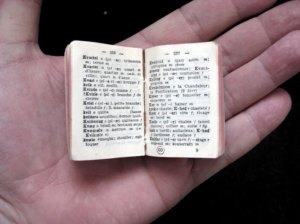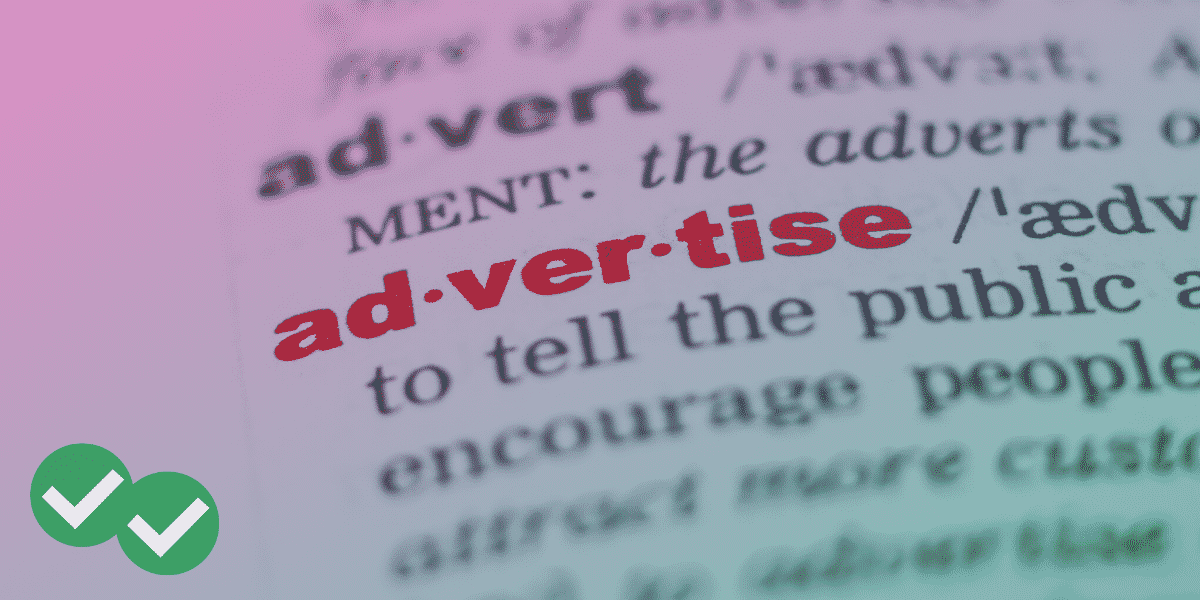
All too often, dictionaries and translators get an unfair reputation as “cheats” or ineffective tools in English study. A lot of this is because dictionary and translator abuse produces terrible English coursework. As an ESL teacher, I’ve seen this so many times: some student will always try to use a dictionary or automated translator to write most of their paper. It’s easy to spot—direct translation from a dictionary or a service like Google Translate is clumsy, awkward, and frequently generates phrases that don’t make sense.
When I catch students abusing dictionaries and translators this way, I try to help them understand that there’s nothing wrong with using a dictionary or translator—it’s just that dictionaries and translators need to be used intelligently. In fact, dictionaries and translators can be powerful English study tools if they’re used wisely, with real English study in mind.
Using dictionaries
English dictionaries and bilingual dictionaries (English-to-Japanese, English-to-Spanish, etc…) are very popular, and with good reason. It’s wonderful to have a book (or smart phone app) that can immediately bring up an unfamiliar English word and break down the meaning of a word into understandable language.
The problem arises if you read the definitions too quickly or carelessly. Dictionaries usually give multiple definitions for a word. Don’t just latch on to the first definition you see, or the definition that looks correct at a glance. Instead, really think about the English word you’re looking up. What part of speech was that word in the sentence you saw it in? And what definition makes the most sense in the word’s original context?
Sometimes no definition makes sense. Dictionaries only cover the most common definitions and uses of words. But just about any word you look up has a few uncommon uses that won’t necessarily appear in your dictionary. In fact, if you’re truly puzzled by a word and have to check its possible meanings, there’s a good chance you’ve encountered the word in a less common use that may not be in your dictionary.
If the dictionary doesn’t seem to be doing the trick, don’t just latch onto a meaning that sort of works. And don’t give up. Ask someone who knows more English than you do, post your question about the the word to an online English forum, look for other examples of the word in context, or check other dictionaries. The answer is out there and the harder you work to figure it out, the better you’ll remember the meaning in the future.
Using translators
Many students and teachers alike frown on automated translators. For one thing, they can really mangle the English language—or any language. For another thing, computer translators lend themselves to one of the most ridiculous, easily detectible forms of cheating in ESL classes—writing an entire essay in one’s native language and then auto-translating it into terrible English.
It’s unfortunate that auto-translators get such a bad reputation, because they really are quite useful. The trick is to use automated translation carefully, and in moderation.
Yes, automatic translators can give translations of words that are slightly incorrect or completely wrong. But there’s an easy way to check and see if the translator is on the right track; it’s a three-step process, as follows:
- Take a word or phrase from you first language and translate it into English
- Take the English result and translate it back into your first language.
- Look at the English that’s been translated back into your language. Is the same word or phrase you originally typed in your language? If so, then the translation into English was accurate. But if you get a different result, you can’t trust the translation.
Follow these steps, and you can easily weed out translator mistakes. In the process, you’ll learn valuable information about the parallels between English and your native language. Be sure to stick to individual words, short phrases, and possibly simple sentences. The more complex language gets, the harder it is to autotranslate it. Complex sentences, paragraphs and passages almost never come out right.






Leave a Reply